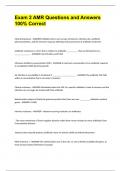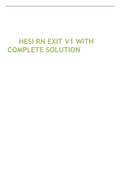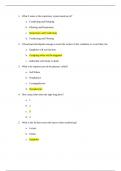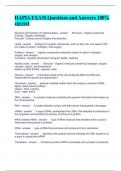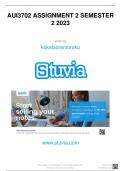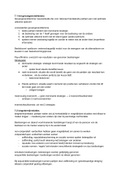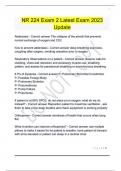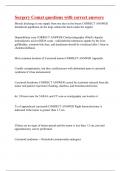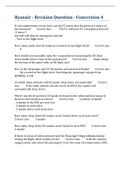Exam (elaborations)
Exam 2 AMR Questions and Answers 100% Correct
- Course
- Institution
Exam 2 AMR Questions and Answers 100% CorrectExam 2 AMR Questions and Answers 100% CorrectExam 2 AMR Questions and Answers 100% CorrectExam 2 AMR Questions and Answers 100% CorrectExam 2 AMR Questions and Answers 100% Correct Clinical Resistance - ANSWER-Multiple factors such as type of bacteria, ...
[Show more]
